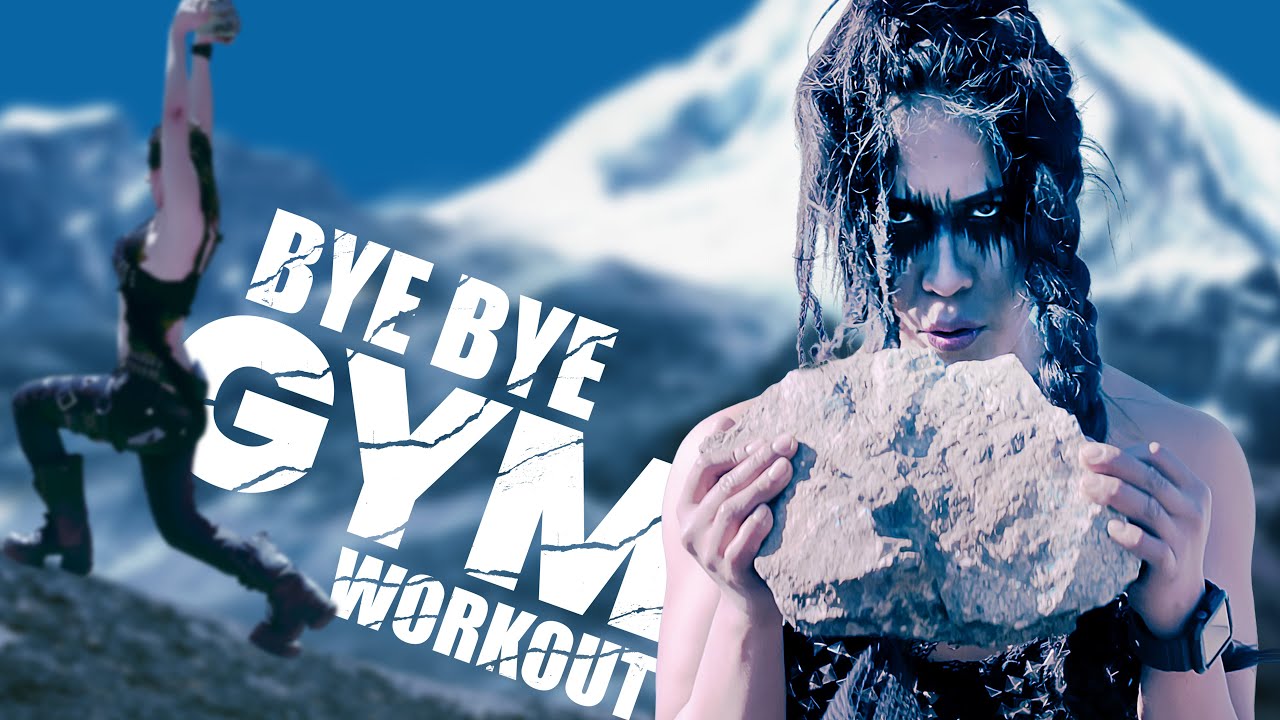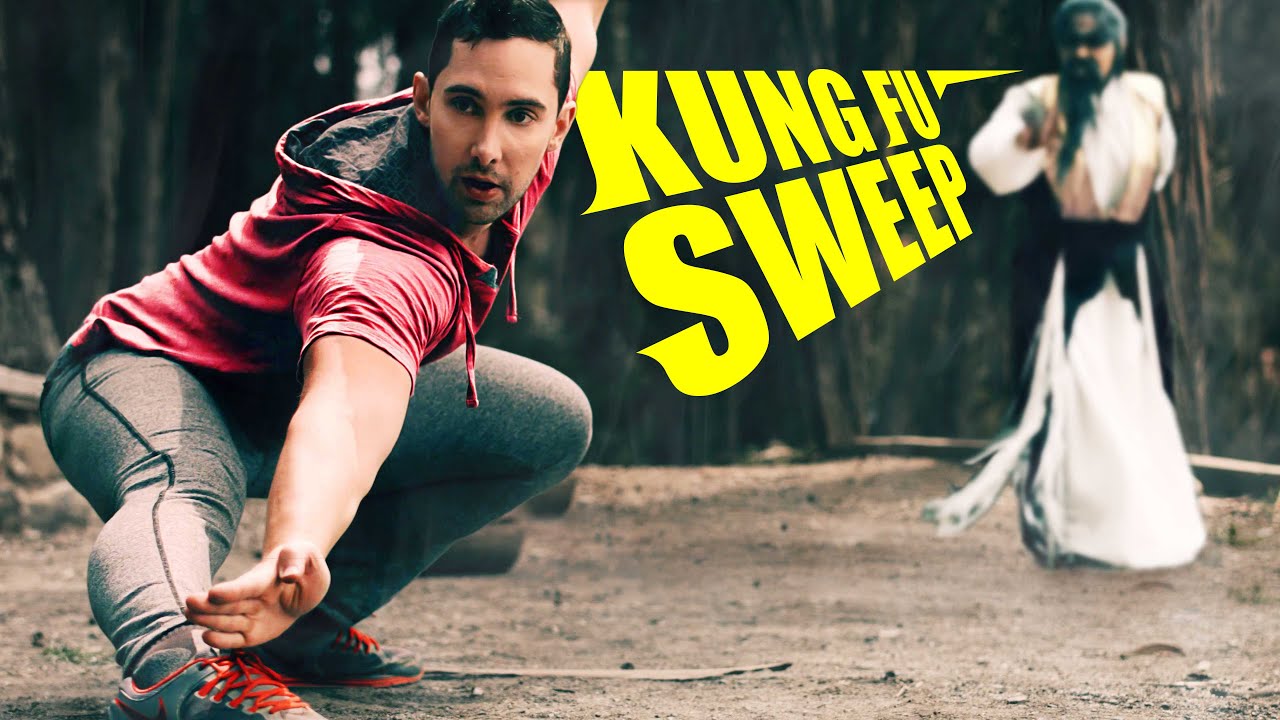Gymnastic Handstand
In this lesson you will learn how to do a gymnastic handstand. The handstand is the most important gymnastics skill and essential for almost all sub-sequent techniques (not just for the floor exercise). Why is the handstand so important? The handstand gives you a feeling of balance and fully extended postures. At the same time it strengthens your entire body. Practice your handstand at the beginning of every single gymnastics workout. Find more gymnastics instructions at artistic gymnastics main.




